FMN Volunteers Help Riverbend Park Thrive
Photos and article courtesy of Valeria Espinoza, Volunteer Coordinator
Marilyn Kupetz (right, in feature photo)
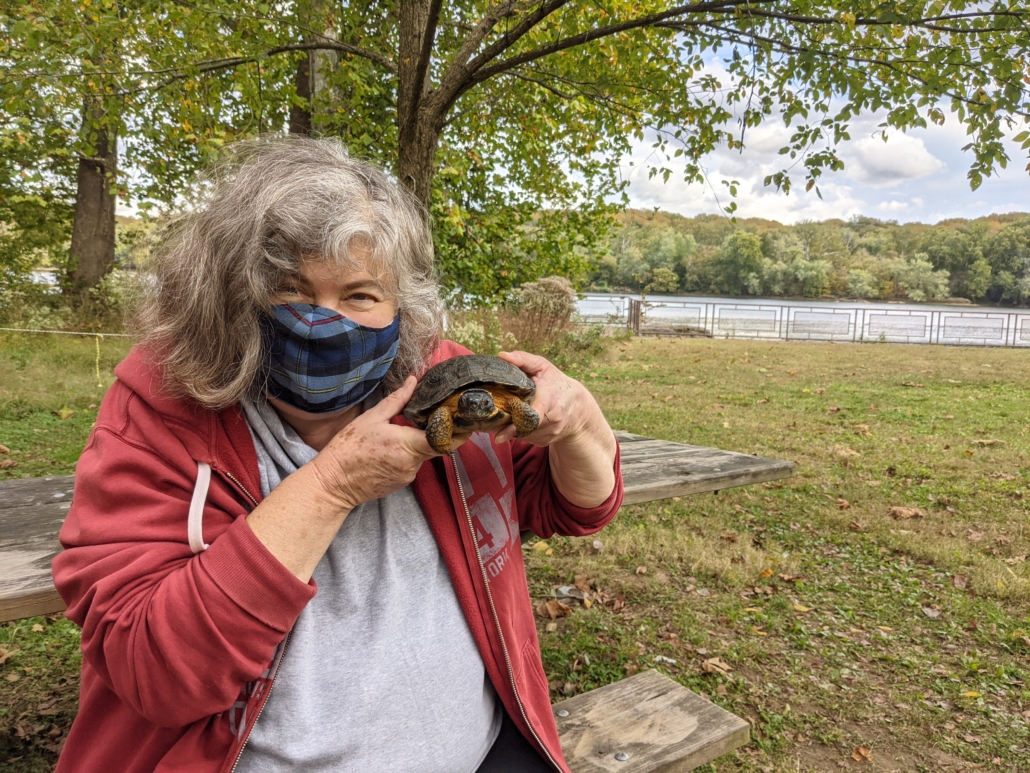
Marilyn has volunteered at Riverbend for almost two years now. She serves as an Animal Caretaker and Roving Naturalist. Marilyn plays a key role as part of our Animal Care team. From enrichment to health monitoring, Marilyn helps us make sure the animals are happy and healthy. She is a volunteer who has gone above and beyond her role. She has also volunteered at cleanups and other park events. This year, she committed to assisting with park monitoring as a Roving Naturalist when we could only offer outdoor volunteer opportunities. Now she continues to fulfill both roles every week. Her support this year has made a remarkable difference to our park!
Toni Oliveira (center, in feature photo)
Toni is someone who has gone above and beyond to carry our mission to protect and preserve our parks. Toni has volunteered with us for over a year now and has participated in several projects both at Riverbend and Scott’s Run. She has helped with park monitoring, trail maintenance projects, and watershed cleanup events. This year she adopted a spot at Riverbend where she restored a section of the park by removing invasives and seeding native grasses/plants. She has also helped staff with park monitoring at Scott’s Run and has become a key player in our restoration efforts by serving as a Lead Volunteer at our weekend cleanups. Toni’s commitment, positivity, and determination have made a huge difference at both parks!
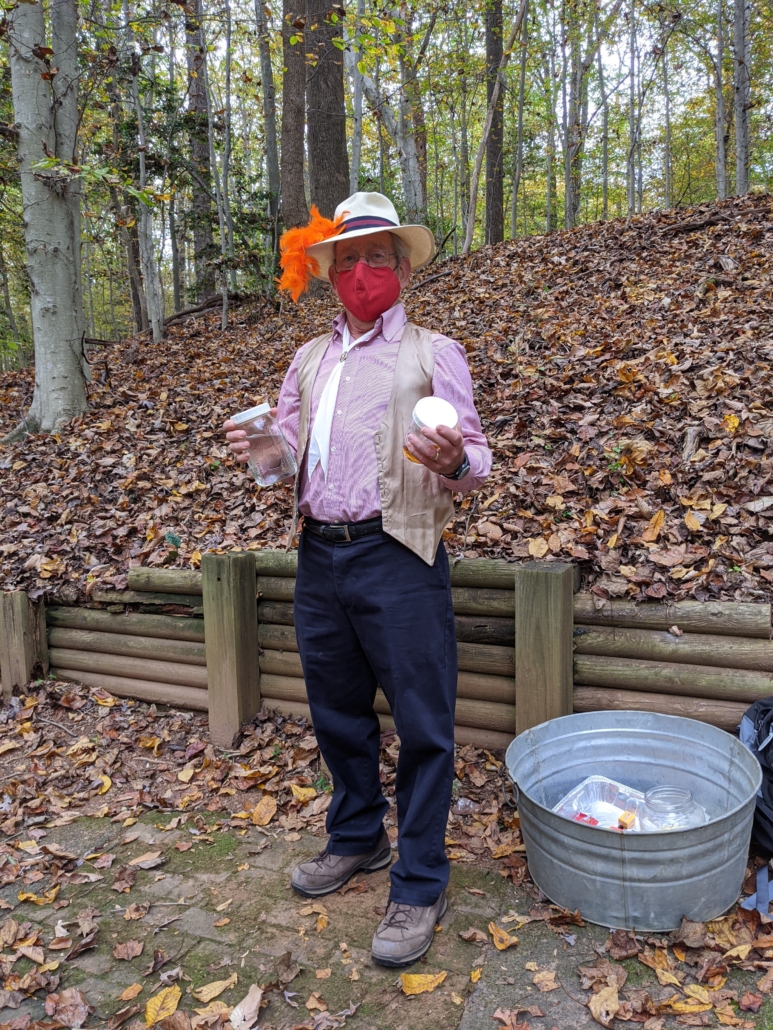
Tom Blackburn
Tom has volunteered at Riverbend for over 5 years! He has supported our interpretive programs, festivals, and park cleanups. This year Tom supported our trail monitoring efforts as a Roving Naturalist and once programs opened up again this fall, he assisted and lead several outdoor, socially-distanced programs. Tom has led several programs such as our Native Americans of Virginia fieldtrip, nature/ecology fieldtrips, and our Halloween Mystery at the Cabin program (a new program this year). Tom made this event very special for trick or treaters by portraying the character of a bootlegger’s ghost! During the shutdown, Tom served as a guest speaker at the Wildlife Explorers camp. He provided insight and knowledge on birds to our campers who truly enjoyed their experience.

Nancy Yinger
Nancy has participated in the wildflower survey for over a year now. Last year, she also partook in the Caterpillars Count! Arthropod Survey. This year, she has continued surveying the park’s wildflowers while supporting our trail monitoring efforts. She has also “adopted” a pollinator garden by the Visitor Center. With her assistance, we plan to re-design this garden to better support Riverbend’s pollinators and educate visitors about native plants & flowers that support them. We are very lucky to have Nancy as part of our volunteer community.
Kris Lansing
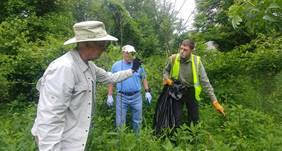
Kris continued to monitor trails and survey the birds of Riverbend despite the cancelation of the birding walks during the pandemic. Thanks to her commitment we were able to stay up to date with trail conditions and continued to receive a snapshot of bird sightings this year.
Robin Duska
Due to her regular volunteerism at Riverbend, Robin has been instrumental in bird surveying efforts.
Scott Schroth (left, in feature photo)
Scott began volunteering at our parks in the summer of 2018. He has done so much since! From trail projects with boy scouts to invasive removal projects and supporting our festivals, Scott has become one of our most dedicated volunteers. This year, he supported us with the biggest challenge we faced due to the pandemic. An increased amount of trash and litter at Scott’s Run Nature Preserve resulting from increased visitor turnout along with a decrease in staffing. Scott serves as a Lead Volunteer for our cleanups, along with Toni Oliveira. Thanks to their support, we were able to run cleanup events every weekend to keep up with the growing amount of trash.
If you, too, are interested in volunteering at Riverbend, here are the folks to find:
Trail Monitoring/Roving & General Volunteer Questions: Julie Gurnee [email protected]
Natural Resource Projects & Surveys and Scott’s Run: Rita Peralta [email protected]
Animal Care Volunteer Program & Nature Education Volunteer Program: Jordan Libera [email protected]



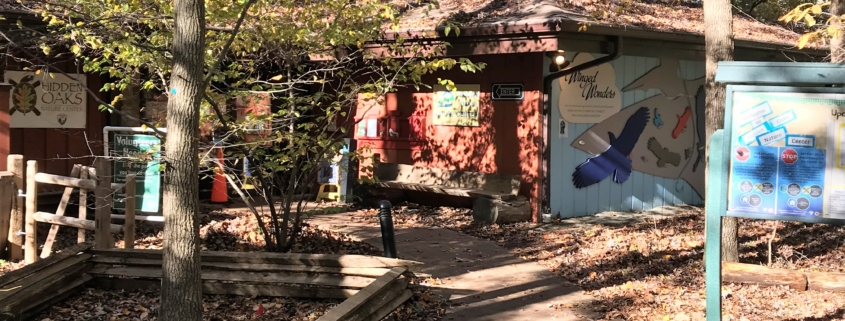 Jerry Nissley
Jerry Nissley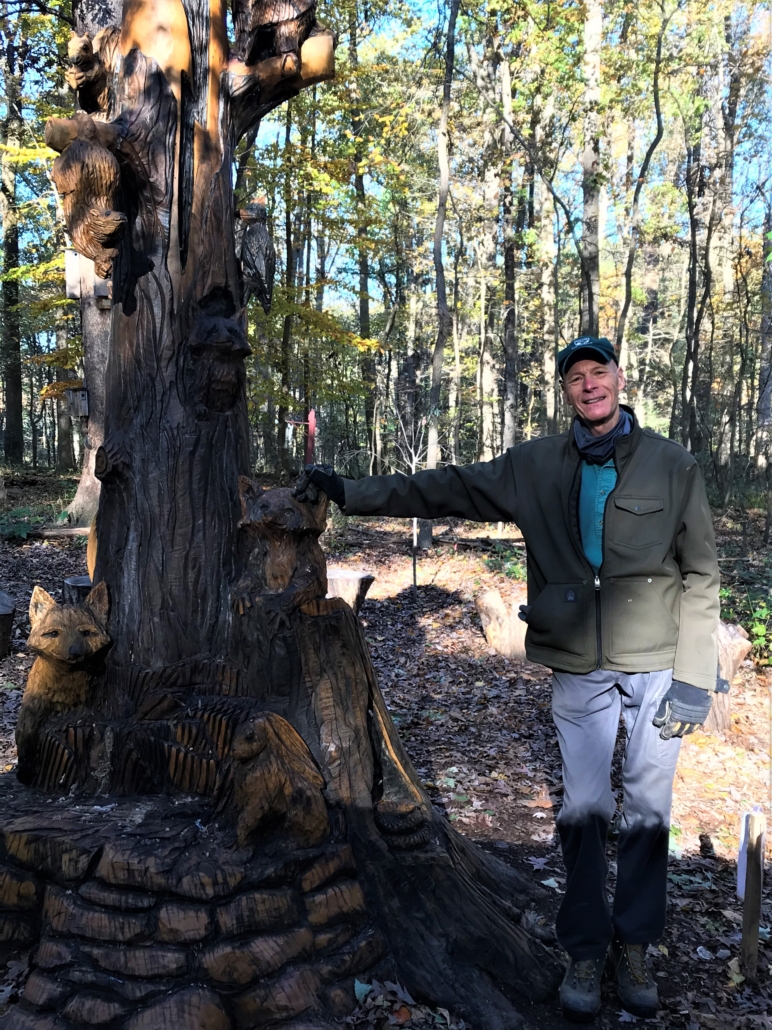

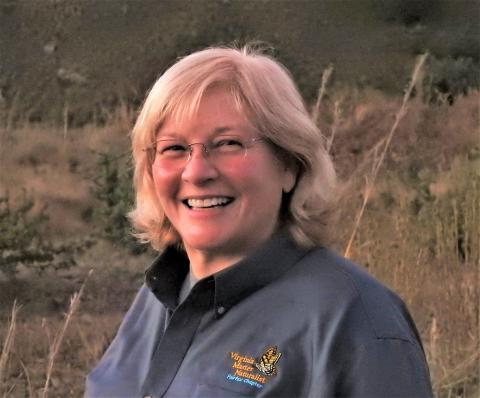
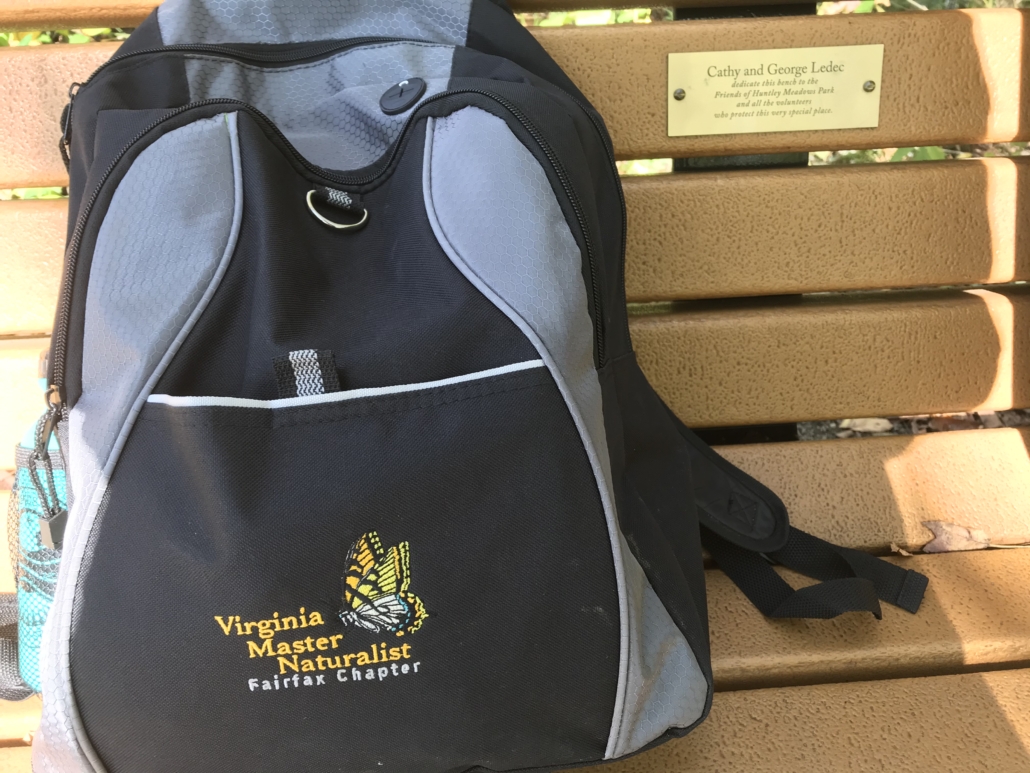

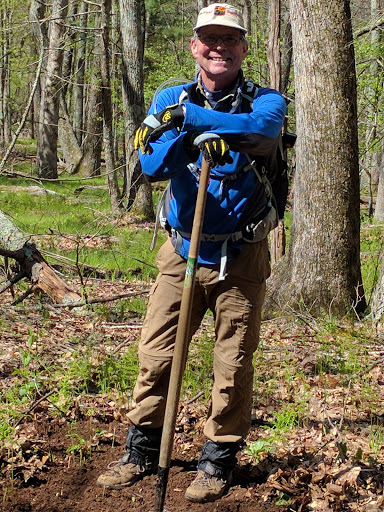


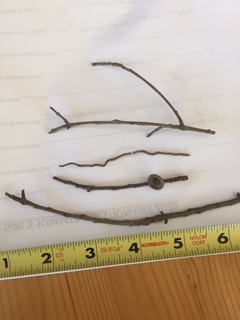

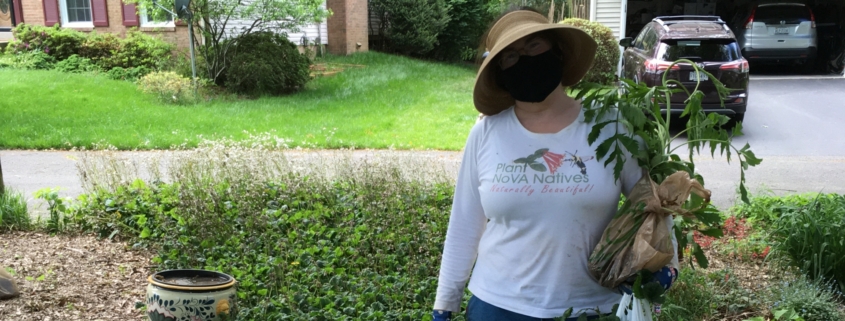
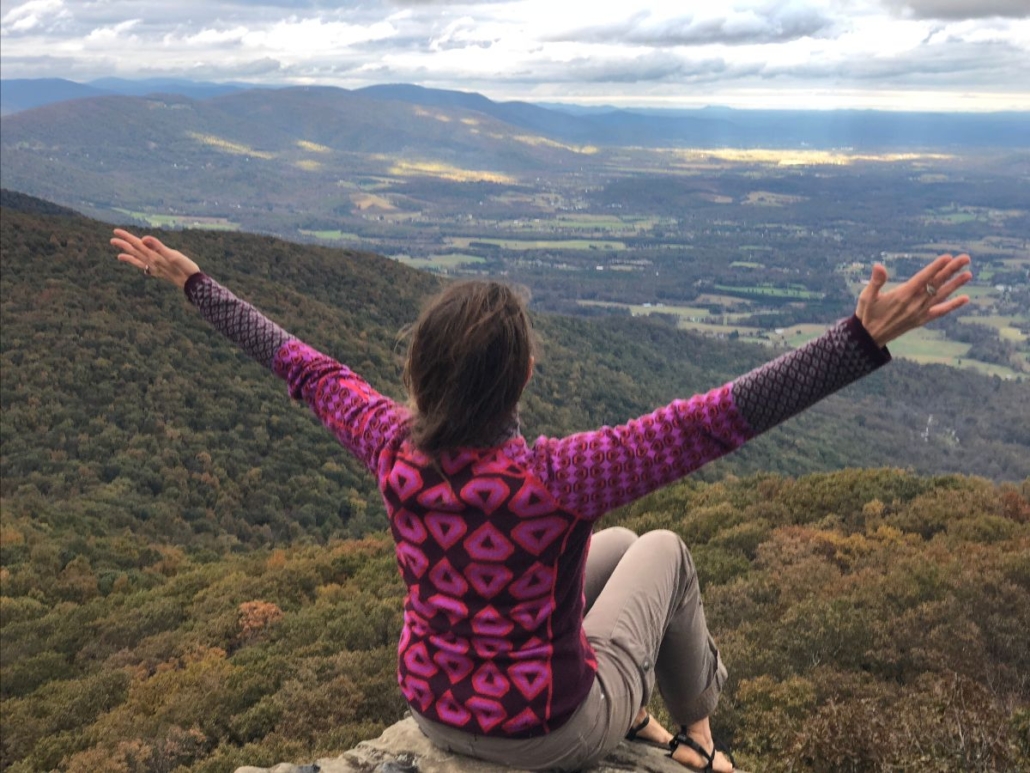
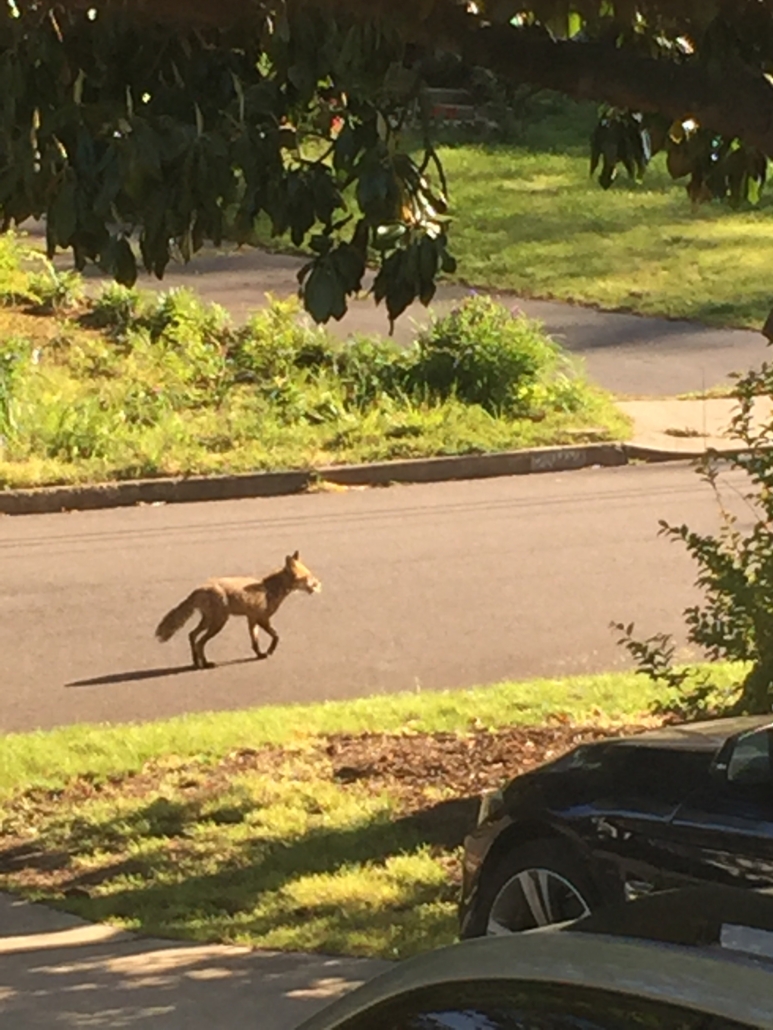
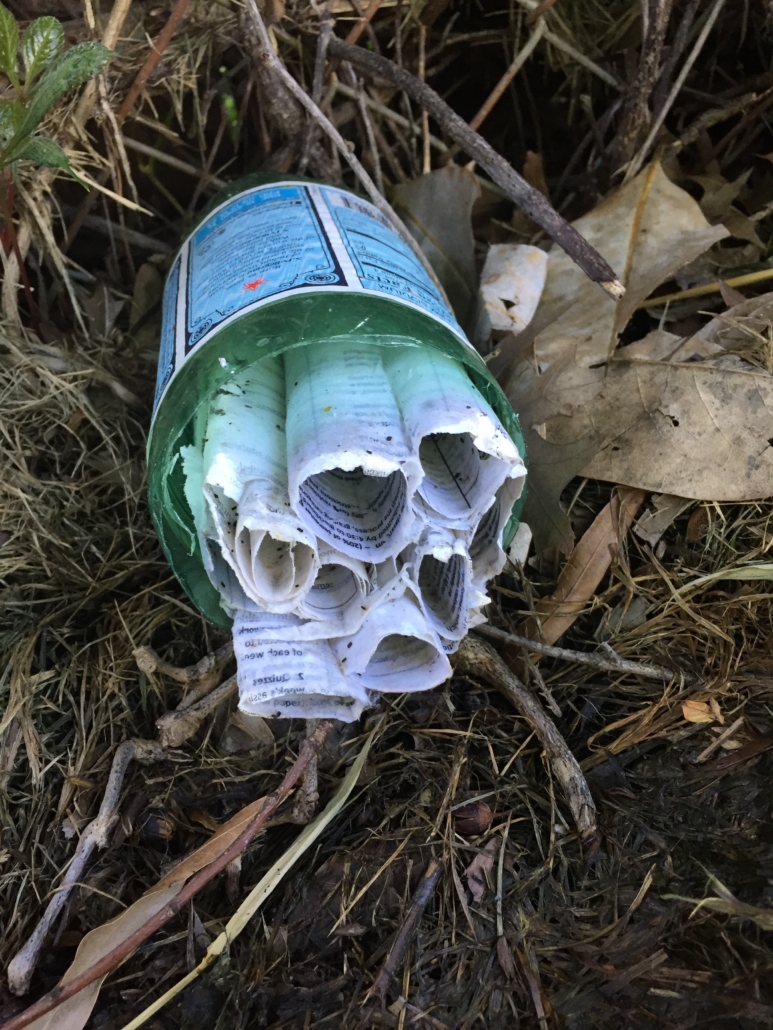
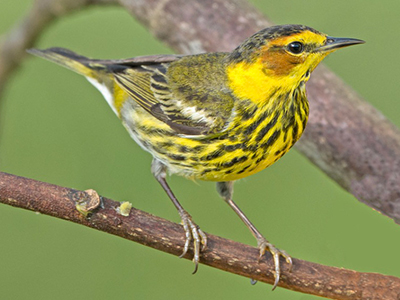







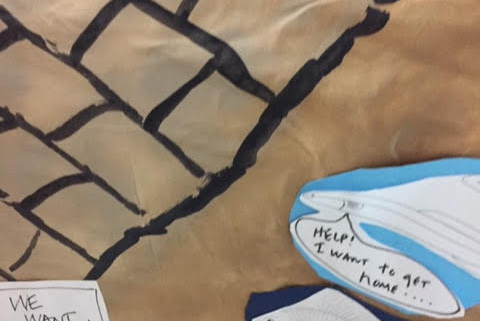
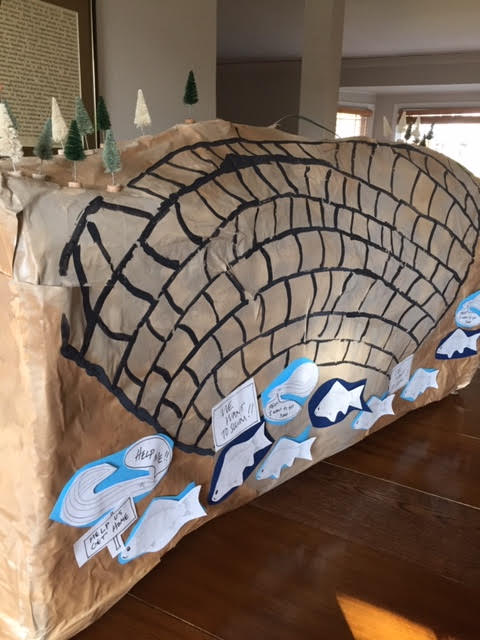
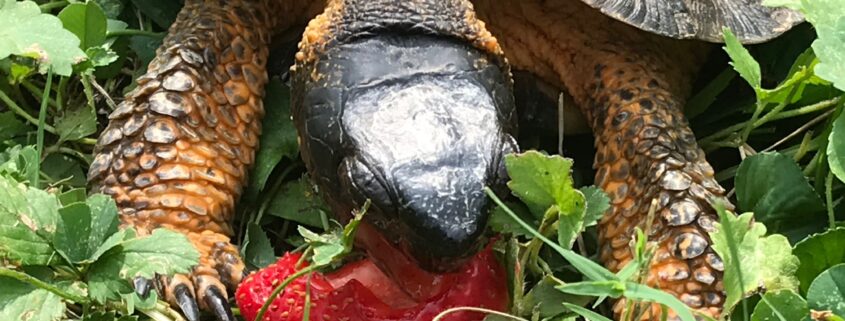


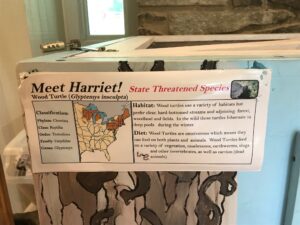 Every 6 months, Riverbend’s Senior Interpreter Rita Peralta and Volunteer Coordinator Valeria Espinosa invite additional volunteers to help attend to not only Harriet and the box turtles, but also the snakes, frogs, and fish living in the Riverbend Visitor and Nature Centers. The always-welcoming Riverbend staff offer training sessions, flexible scheduling, and, best, the chance to nurture, learn from, and teach visitors about the gentle beings inhabiting the wild places that still remain to us in Fairfax County.
Every 6 months, Riverbend’s Senior Interpreter Rita Peralta and Volunteer Coordinator Valeria Espinosa invite additional volunteers to help attend to not only Harriet and the box turtles, but also the snakes, frogs, and fish living in the Riverbend Visitor and Nature Centers. The always-welcoming Riverbend staff offer training sessions, flexible scheduling, and, best, the chance to nurture, learn from, and teach visitors about the gentle beings inhabiting the wild places that still remain to us in Fairfax County.